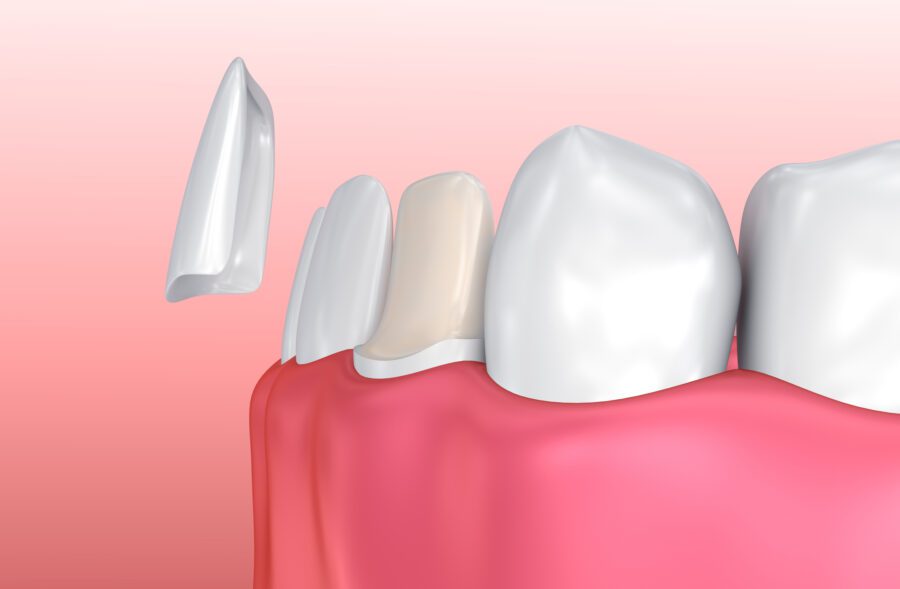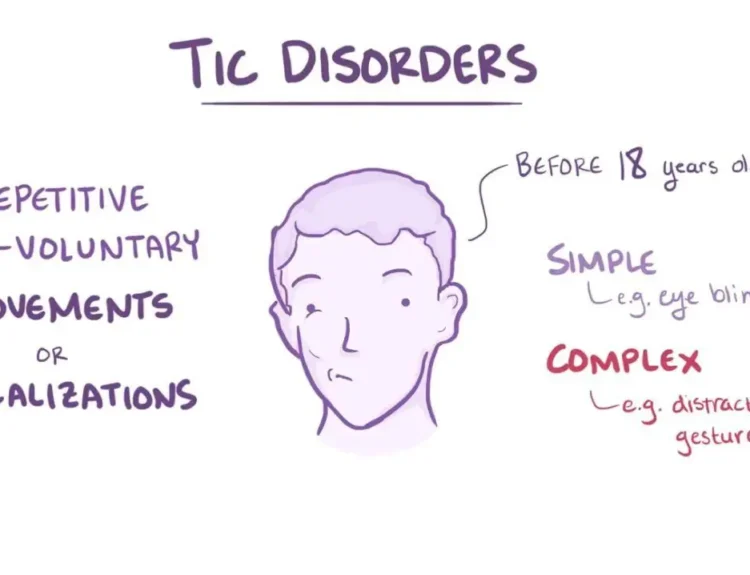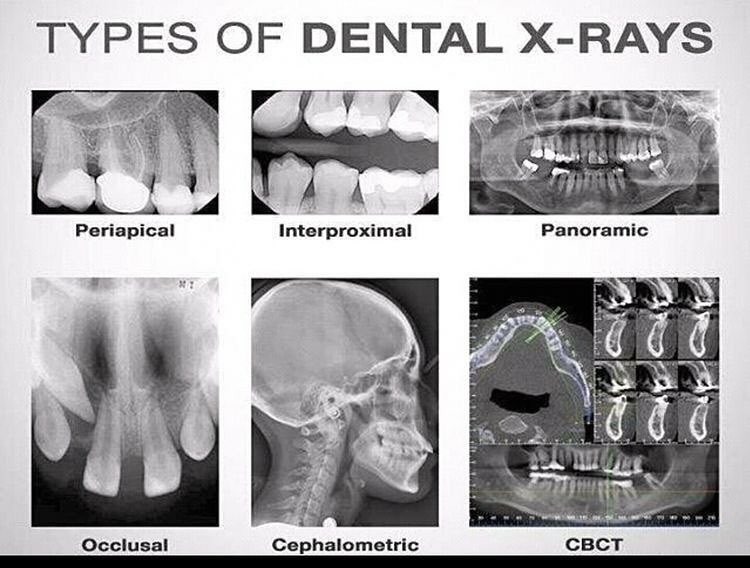Laminate dental veneers, often simply referred to as dental veneers, are ultra-thin, custom-made shells designed to cover the front surface of teeth. These shells are crafted from porcelain and are bonded to the teeth to improve their appearance. Dental veneers have become a popular solution for individuals seeking to enhance their smiles. Among the various types of veneers available, laminate dental veneers stand out as a minimally invasive and aesthetically pleasing option. These thin shells enhance an individual’s appearance by addressing issues such as discoloration, chips, gaps, or misalignment. While laminate veneers offer numerous benefits, they also come with certain drawbacks.
Benefits
Aesthetic Enhancement: One of the most significant advantages of laminate veneers is their ability to transform a smile. They are highly customizable in terms of shape, size, and color, allowing dentists to create a natural and harmonious appearance. They mimic the light-reflecting properties of natural teeth, making them virtually indistinguishable from real teeth. Laminate veneers can address a wide range of cosmetic issues, including discoloration, chipped or cracked teeth, gaps between teeth, and minor misalignments. This versatility makes them a popular choice for comprehensive smile makeovers.
Minimal Natural Tooth Reduction: Compared to other dental restorations like crowns, laminate veneers require minimal removal of tooth enamel. This conservative approach preserves the natural structure of the tooth while still achieving dramatic cosmetic improvements.
Stain Resistance: Porcelain laminate veneers are highly resistant to stains from coffee, tea, wine, and other common staining agents. This makes them an excellent choice for individuals who want a long-lasting, bright smile.
Durability: Porcelain veneers, are known for their strength and resilience, making them a durable option for cosmetic dental work. With proper care, laminate veneers can last for 10 to 15 years or even longer.
Drawbacks
.Irreversibility: While the procedure is minimally invasive, it is not entirely reversible. The removal of a small amount of enamel is necessary to ensure a proper fit, which means the teeth will always require some form of restoration or coverage.
Sensitivity: Some patients may experience increased tooth sensitivity after the placement of laminate veneers. This is usually temporary but can be uncomfortable, especially when consuming hot or cold foods and beverages.
Potential for Damage: Although durable, laminate veneers are not indestructible. They can chip or crack under excessive pressure, such as biting on hard objects or grinding teeth. Patients with habits like teeth grinding may need to wear a nightguard to protect their veneers.
Not Suitable for Severely Damaged Teeth: Laminate veneers are primarily a cosmetic solution and may not be suitable for teeth with significant decay, damage, or structural issues. In such cases, alternative treatments like crowns or implants may be more appropriate.
Maintenance Requirements: While veneers are stain-resistant, they still require proper oral hygiene to maintain their appearance and longevity. Regular brushing, flossing, and dental check-ups are essential to prevent issues like gum disease or decay around the veneers.







